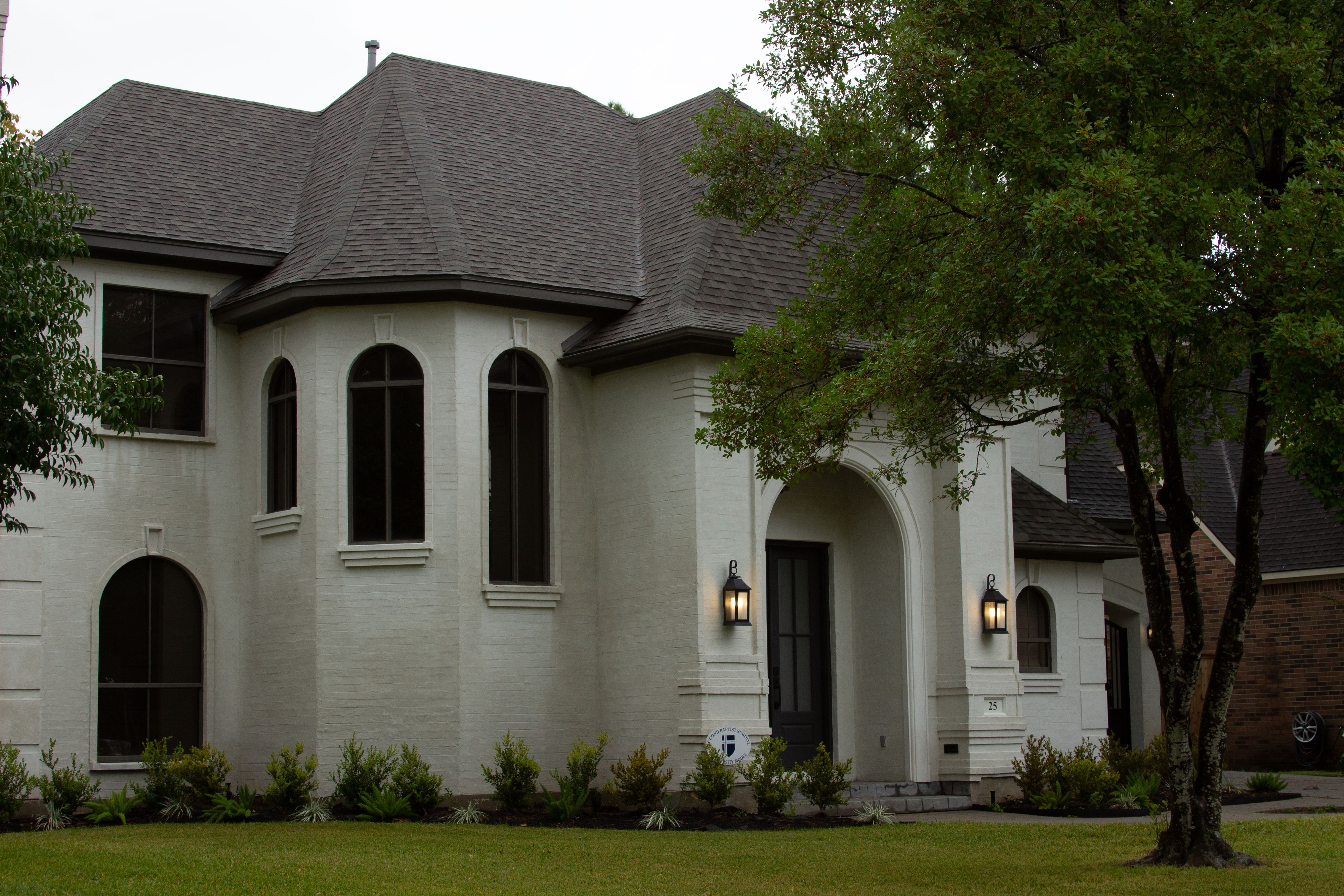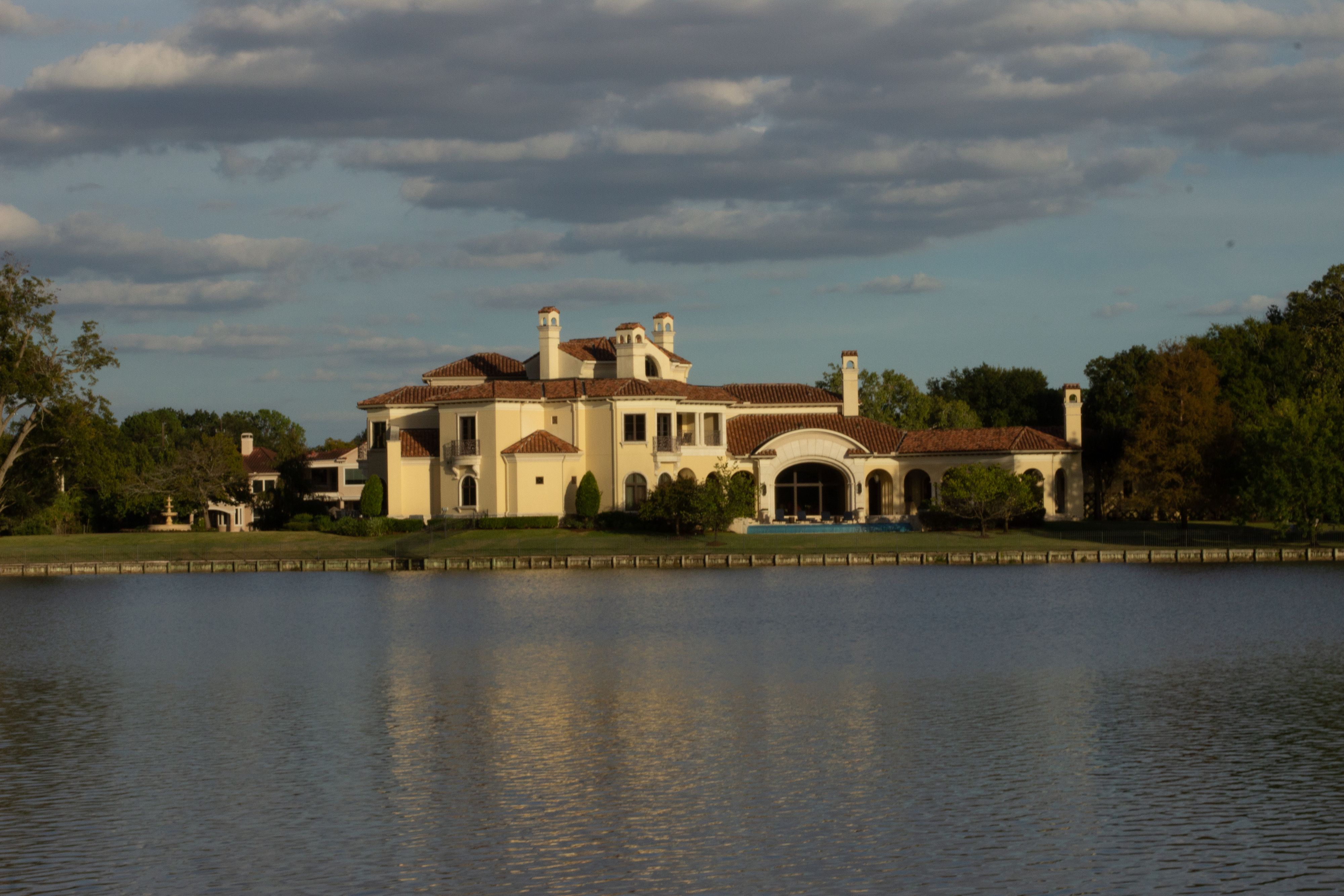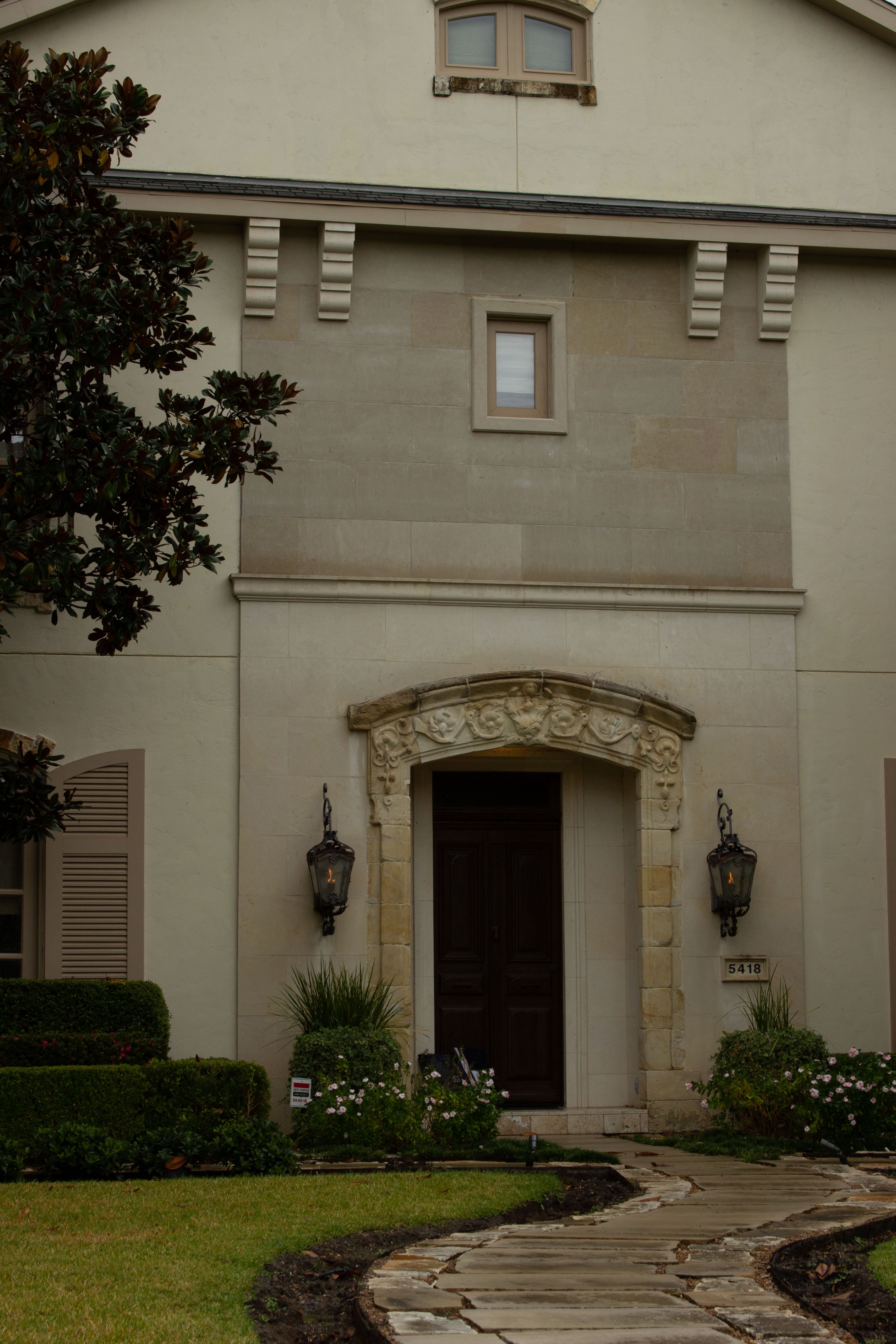ARE BUSH-ERA STARTER CASTLES BOUND FOR A COMEBACK?
by Colleen Kelsey
Photo by Camiel Duytschaever.
Good real estate gets attention — Louis XIV knew this — and building a castle for yourself just might be the ultimate coup, especially when there’s social climbing to be done. In the years after World War II, the desire of many Americans — those of comfortable middle-class status — was displayed in the subdivision: tidy plots of land with freshly built dollhouses and brand-new, whirring appliances. Guy Debord said, in The Society of the Spectacle, “The spectacle is not a collection of images; it is a social relation between people that is mediated by images.” The social relationship of the consumerist age: What do they have that I don’t? Or, in reality, what is it that they seem to have?
We very much want to have things, even if they are illusions — or better yet, delusions. Much of the American personal and professional narrative is spun through self-help credos like “being the CEO of your own life,” in dogged pursuit of “arriving,” “getting there,” and “making it.” Erecting mythologies of achievement is key — and a McMansion manifests that destiny. The term first appeared in print in the Los Angeles Times in 1990, but its origin likely dates from the 80s, when other labels, such as “Millennium Mansion,” “executive home,” and “starter castle,” were used to describe the new kind of over-sized, mass-produced “luxury” development being sold to the upwardly mobile. A house was no longer enough — boom years called for something bigger, more assertive. In the decade of “greed is good,” dwellings had to have a leathery whiff of an expense account to adequately showcase success.

Photo by Camiel Duytschaever.
I see these gabled structures peeking from behind circular driveways, crowded over rolling green lawns, creating indelible topographies: Rococo relics of a golden age of ambition. We are in the suburbs, where size and scale are taken at their most literal, vacant, and face value, manifested in the highway, at the mall, and on the cul-de-sac. To the rest of the world, these are perhaps the most identifiable markers of American iconography, endlessly reproduced in movies, television, and now on TikTok and other forms of social media. The banal can feel revolutionary. To encounter a McMansion is to be faced with the static, swaddling comfort of the familiar, like stepping into yet another iteration of a chain restaurant — the faux-marble-topped kitchen island, the wooden banisters, the prefab cabinetry just as they always are, the exteriors the same as in so many opening-credit reels. But the differentiator of a McMansion is what it clearly is not: a mansion, a manor, or an estate. It is not “true” luxury. How could it be? Like McDonald’s, it’s all about industrial mass production, quantity not quality — a counterfeit mirage, a cosplay of the real thing. Erected from subpar materials on small pieces of land, McMansions possess the hubris of square footage, wall-to-wall carpet, multiple HVAC systems, and perhaps an in-home movie theater.

Photo by Camiel Duytschaever.
The proliferation of the McMansion reached its apex in the 1990s and 2000s. They are inextricable from the Bush era and its shiny, bloated signifiers many now find nostalgic: ad hoc reality-TV interiors; Hummers; Britney’s Venti Frappuccino; designer flip phones, all swelling high and mighty before the 2007–08 subprime-mortgage crisis and financial crash. On their surface, these structures are merely blank, vinyl-sided backdrops of quotidian suburban ennui. At their most interesting, they are sites of acute — and particularly American — social and familial dramas, including Tony Soprano’s beige-brick North Caldwell, New Jersey compound, the porn sets photographed by Larry Sultan in his 2004 book The Valley, and whatever might be happening in Calabasas, California. Over in Orlando, Lauren Greenfield’s 2012 documentary The Queen of Versailles followed a former Mrs. Florida and her timeshare-entrepreneur husband as they attempted to build the largest single-family home in America. Inspired by the eponymous French palace, the nearly 90,000-square-foot project featured, among other excesses, 14 bedrooms, a baseball diamond, five pools, and an aquarium for exotic fish. Construction stopped during the Great Recession and, for a time, Versailles was put on the market at 65 million dollars. The home is now back in their possession, and the couple is rebuilding, hoping for a 2022 completion date.
Since 2016, the writer and critic Kate Wagner has published a blog named McMansion Hell where she documents the poor pastiche that characterizes the genre’s aesthetic profile. Designed without a clear architectural point of view, these homes generally display a deranged Postmodernism, borrowing from a wide variety of historic eras (Tudor, Baroque, Victorian, Colonial) and using disproportionate elements to accommodate an ever-expanding checklist of interior spaces: soaring two-story foyers and cobbled-together open-plan rooms, breakfast nooks, subterranean lounges, and other HGTV “statement details.” Wagner’s close reads of certain properties annotate the dissonance in the strange roofs, fake balconies, dormers, columns, and porticos — “prom stairs,” “obligatory turret,” “if Hadrian’s villa was yassified,” etc. Architects Denise Scott Brown and Robert Venturi wrote in defense of the seemingly “ugly and ordinary” in their 1972 classic Learning from Las Vegas, and there is an innocuous grace to the conventionality these structures provide, even amidst their idiosyncratic gauche-ness. Their appearance is straightforward, asking plainly, “Is it so wrong to show your belief in the hustle?”

Photo by Camiel Duytschaever.
Toll Brothers is a development company that produces subdivision communities and McMansions all over the country, including where I grew up in suburban New Jersey. Their website states that they provide both “the luxury of choice” and offerings where “obsession awaits.” Many of the properties are priced at a million dollars. Despite the precarity of the economy and a collective amnesia of what came before, the McMansion is on the rise again, due in part to the COVID-19 pandemic, where consumers, cloistered by shelter-in-place orders, felt a renewed appetite for more space. The housing market is ballooning too, eerily in step with some of the other War on Terror-era trends currently returning for those too young to have participated the first time around: hip-bone-baring jeans, Dior-by-Galliano saddlebags, the Juicy sweatsuit, well-explored territory feeling new once again. The wanting hasn’t gone away. We must announce, like that iconic graphic tee, “I am the American Dream.”